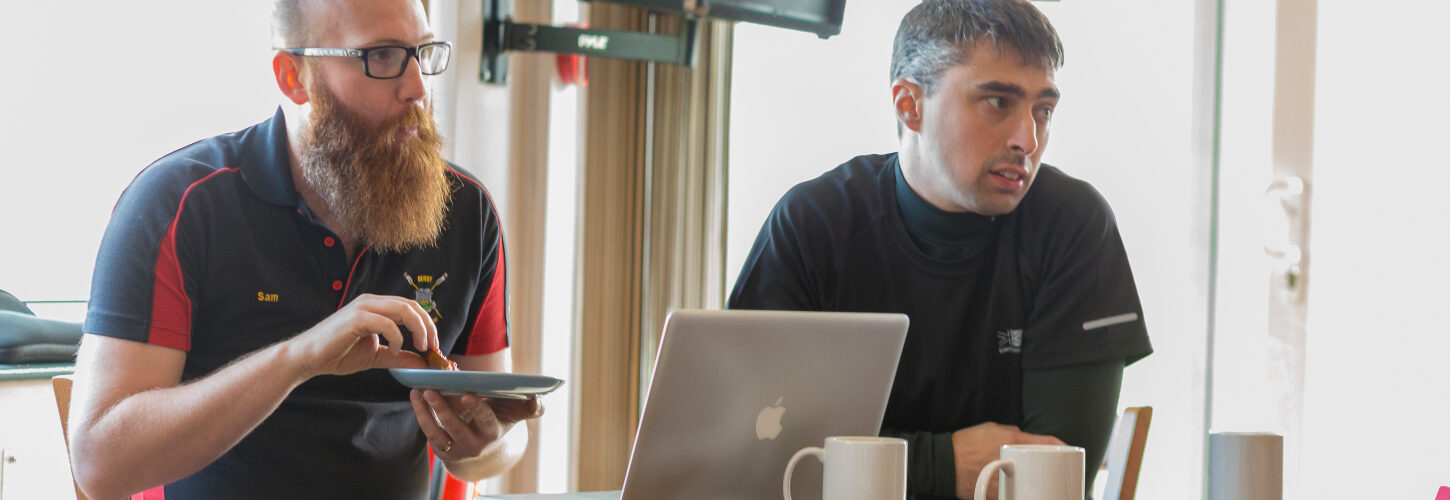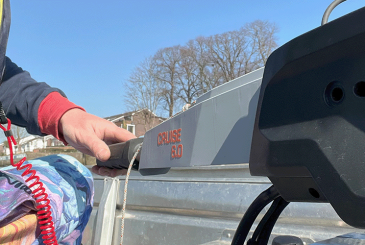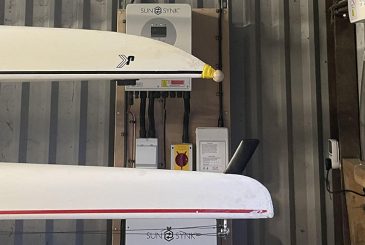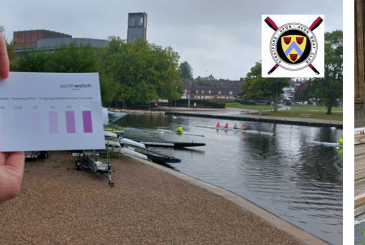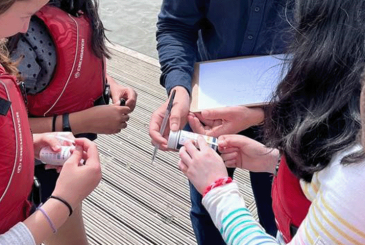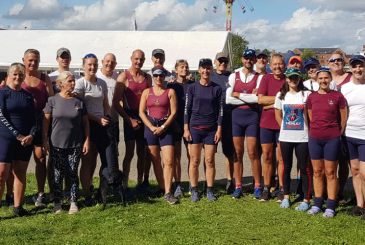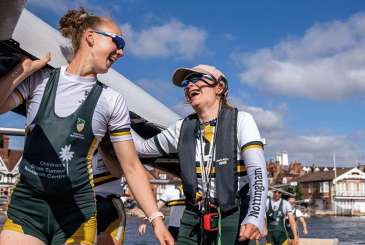Continuing our series on the British Rowing Club Guides, Zoe Gullen explores the Club Development guide, highlighting topics such as how clubs can create an overall strategy, new membership offerings and club roles
A strong, sustainable network of clubs is central to British Rowing’s vision for the future of the sport, and the new Club Development Guide provides a wealth of information to support clubs’ long-term growth. You can download it here.
As Jo Atkinson, British Rowing’s Community Support Manager, says: “The guide aims to provide a framework to help clubs with all aspects of development from how to prepare a development plan (or update an existing one), to ideas for building or optimising facilities.
“It contains sections and case studies on expanding rowing offerings, introducing new opportunities and organising open days and events, whilst also providing information on how to take stock of where the club is after this particularly hard couple of years.”
The guide emphasises the importance of a development plan as part of good club governance to establish a clear course of action that serves the club’s membership, while engaging and empowering them through ownership of the process.
There are tips for drawing up the plan, such as SWOT analysis of Strengths, Weaknesses, Opportunities and Threats, and setting SMART – Specific, Measurable, Achievable, Realistic, Time-Based – goals. Or, better still, SMARTER goals that are Evaluated and Reviewed, with defined milestones and regular check-ins to revisit and update the development plan.
As well as consolidating existing aims, development can also involve expansion into new avenues, or by overhauling existing structures to better serve existing members and to attract new ones. Clubs can tailor membership offerings to meet differing aspirations, such as recreational and indoor-only groups or supporter subscriptions, rather than a one-size-fits-all racing membership.
The guide also recommends identifying opportunities to leverage the club’s assets, such as through off-peak rowing and hiring out facilities outside rowing hours, hosting rowing touring, or running corporate days and other short-term initiatives.
A case study of Stourport Boat Club’s move from free-of-charge learn to row sessions to a 12-week paid course, with a dedicated coaching team and fixed sessions, events and coach mentoring, gives a real-life example of how a carefully structured new offering, with clear pathways and defined success, can lead to a significant increase in new members and additional income. Alongside, a model financial analysis of the fictitious Riverside Rowing Club’s activities show how follow-on sessions might help to retain learn-to-row graduates and further boost revenue for a modest expenditure.
As clubs expand their offerings, they can reach new audiences and better serve their local communities. The guide has support and prompts questions to help improve diversity and inclusion. This section also references ClubHub, where demographic information is available, and has links to organisations such as Sporting Equals, Age UK and Pride Sports for further advice.
As the guide stresses, if clubs and the sport are to be truly representative of their communities, diversity and inclusion should not only be fundamental to the membership at large, but also carried through into the club’s committee and key positions, so that it is representative of all members and the local community, and all age groups and experience levels in the club.
The guide has suggestions on how younger or newer members can get involved in club governance, including some roles for older juniors if appropriate.
Those moving into club roles can be supported through a shadowing and handover process, as well as with mentors – the latter also working to support those stepping down after many years’ service. It is important that the key roles are clearly defined, with role descriptions outlining necessary skills, so prospective replacements are aware of the responsibilities they would be taking on – and, just as importantly, the satisfaction and opportunities for personal development that the role might bring.
Don’t forget to check out our articles on Club Management and Club Governance here and our Club Adaptive Guide here.
Photo: Drew Smith


